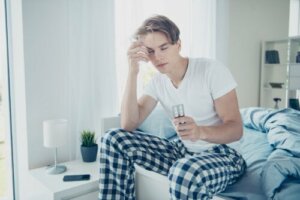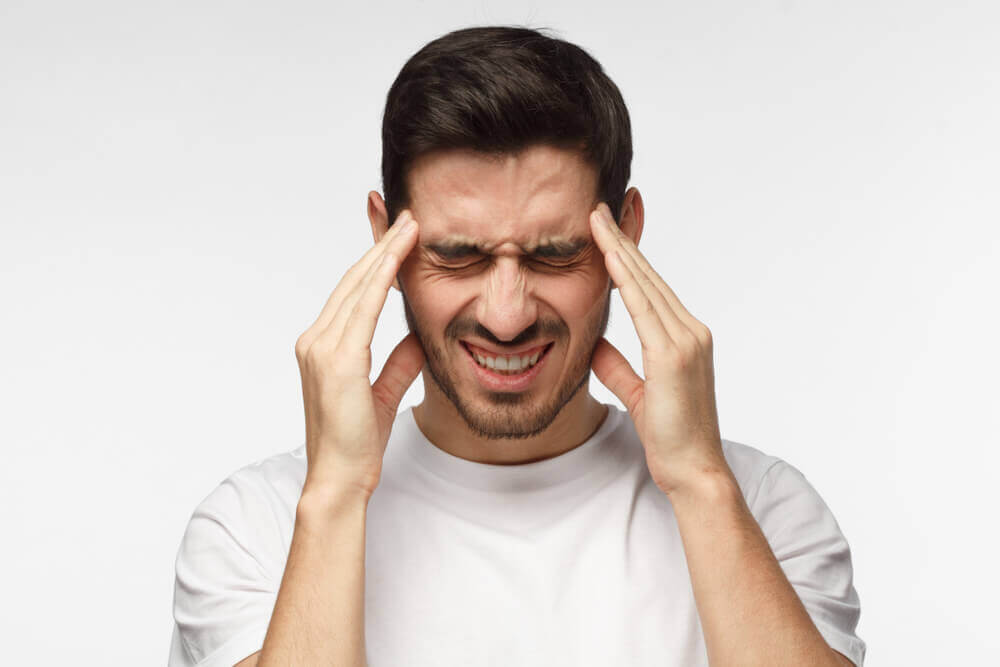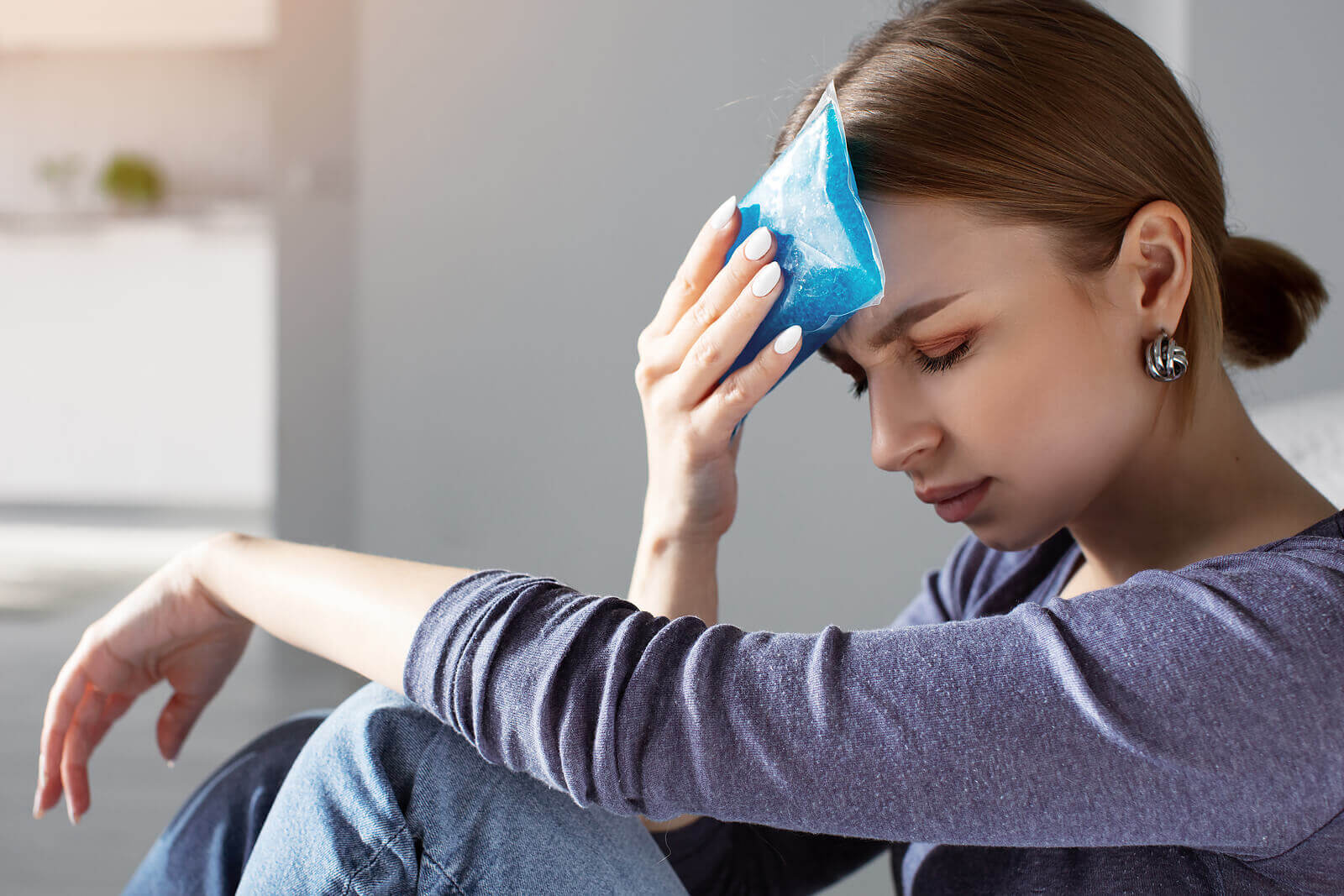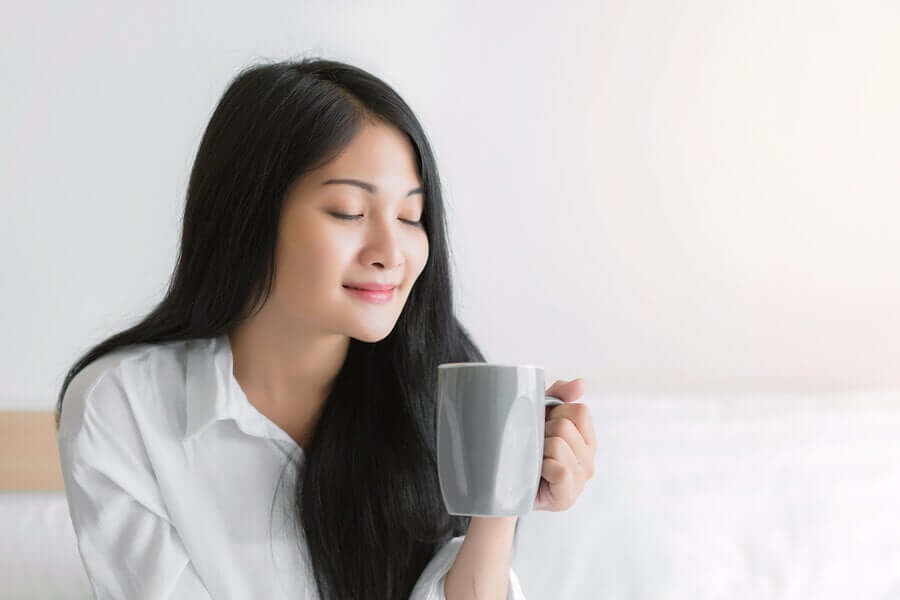How to Treat Headaches Without Medication


Reviewed and approved by the doctor Maricela Jiménez López
Have you ever wondered if you can treat headaches without medication? If so, you’re not alone. Most people know that the best thing to do for a headache is to rest and take some medicine before the pain gets worse. Ibuprofen and Paracetamol are the most common choices.
However, it’s not good to always depend on drugs for relief, unless they’ve been prescribed by a doctor. With this in mind, you might be interested to find out about other methods that you can use to ease the pain and get some relief.
Keep in mind that headache pain may be a sign of another illnesses. If it’s chronic, debilitating and recurrent, you should consult a doctor immediately.
Easy ways to treat headaches

We can’t live by taking painkillers all the time, even if they’re sold over the counter. Unfortunately, however, we’re becoming more and more dependent on them and we need ever higher doses to feel the effect.
For this reason it may be a good idea to treat your headache with other methods. If the pain is the result of stress, maybe just a walk in the fresh air will ease it.
See also: Relieve Headaches without Pills with these 6 Tips
1. Go for a walk
Even if it seems to be something quite unappealing (after all, when we have a migraine all we want to do is sleep or be in silence and darkness), going for a walk in the park and breathing in fresh air can help relieve the symptoms. This remedy is foolproof when we’re overwhelmed by stress or routine. Just by being in contact with nature for a few minutes, you’ll feel the difference.
2. Take a shower
When you get home, you can take advantage of a relaxing hot bath or shower. Given that sometimes headaches are the result of stress or tension, they can disappear thanks to the relaxing effect of water. You can add a few drops of essential oils (for example, lavender or mint) to increase the beneficial effects.
3. Apply a cold compress

If you don’t have ice available, you can wet a towel or cloth and place it on your forehead until it dries and reaches room temperature. The refreshing effect will relax the muscles and relieve the pain. It will be even better if you can take advantage of the chance to lie down a little and close your eyes.
4. Take a nap
Are you overwhelmed by work and your head is splitting with pain?
Rest a little, even if it’s just reclining the chair at your desk. If you can, take a half an hour nap. Migraines reduce considerably when we sleep. Even if you can’t give yourself the luxury of a nap, at least close your eyes and relax your shoulders, back and neck while you clear your mind of worries and obligations.
5. Massage the area
Although we recommend going to see a massage therapist to give you a massage in the affected areas (when headaches are caused by muscle cramps), you can treat the symptoms by applying gentle pressure on the forehead, crown, base of cranium and sinuses.
The movements should be circular, constant and last for at least 15 seconds in each area.
6. Eat healthy
Frequent headaches can be caused by many factors. One of them is having an unbalanced diet. So, if you suffer from migraines frequently, try changing your diet.
- Choose a light lunch consisting of fruit and vegetables, avoid coffee (drink herbal infusions instead) and stop eating fast food.
- For breakfast or a snack, green smoothies are delicious and healthy.
7. Take a break from the computer or phone
When we spend a lot of time sitting in front of the screen, it’s not surprising that we get headaches. This is why – if you work in an office on the computer or phone – it’s a good idea to take a break from these devices for at least a few minutes several times a day.
Close your eyes or look out of the window to relax the ocular nerves and retinas. Fix your gaze on a point to your left, keep your eyes there for about 10 seconds and then move on to another point, and so on.
Read also: How Your Cell Phone Usage is Affecting Your Health
8. Drink a lot of water
There is a close relationship between dehydration and headaches. When the body doesn’t have enough liquid, the blood flow reduces and so the oxygen supply to the brain also goes down. So, to treat your headache without medication, be sure to drink plenty of water according to your thirst throughout the day. This will help you stay healthy. And when you have a headache, try to increase your water intake to ease the pain.
Home remedies to treat headaches
According to popular belief, these home remedies may help treat headaches or at least provide some relief.

1. Cloves
You can use cloves in a variety of ways to relieve the symptoms caused by tension headaches.
- For example, you can crush two or three cloves and put them in a little cloth bag or in a thin cloth. Gently inhale the smell through your nose.
- You can also use clove oil on a cotton wool ball or cloth and carry out the same procedure.
2. Ginger
Ginger is a food with anti-inflammatory properties. This means that it can be useful to alleviate headaches. However, like cinnamon, you should use it with caution, since it may be contraindicated in some cases.
- You can add grated or ground ginger to foods or teas to enjoy its properties.
- Some natural food shops sell ginger sweets. Chewing them may help treat headaches.
3. Cinnamon
It’s said that taking a little cinnamon in a glass of water, a smoothie or a tea can help relieve headaches. However, it should be noted that this spice is contraindicated in some cases and you should consult a doctor before including it regularly in your diet.
4. Fresh fruit
Drinking water and eating a piece of fresh fruit, such as an apple, can help relieve a headache. The body gets water and nutrients, as well as calories.
Discover: Why it’s important to eat fruits and vegetables according to the WHO
Depending on the cause of your headache, some methods may work better than others. However, it’s clear that staying well hydrated, eating healthy, disconnecting from work and getting some physical activity is what works best.
If your doctor has instructed you to take medication at the onset of a headache, follow his or her instructions.
All cited sources were thoroughly reviewed by our team to ensure their quality, reliability, currency, and validity. The bibliography of this article was considered reliable and of academic or scientific accuracy.
- Carper, J. (2012). Los alimentos medicina milagrosa. Editorial AMAT.
- Gil-Antuñano, N. P., Zenarruzabeitia, Z. M., & Camacho, A. M. R. (2009). Alimentación, Nutrición e hidratación en el deporte. Consejo Superior de Deportes.
- Quesada-Vázquez, A. J., Contreras-Maure, L. J., Álvarez-Aliaga, A., & Traba-Tamayo, E. R. (2009). Prevalencia de cefaleas primarias en una población rural cubana. Rev Neurol, 49(131), 5.
This text is provided for informational purposes only and does not replace consultation with a professional. If in doubt, consult your specialist.








